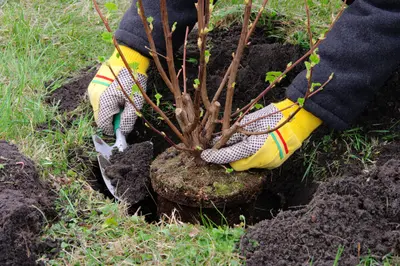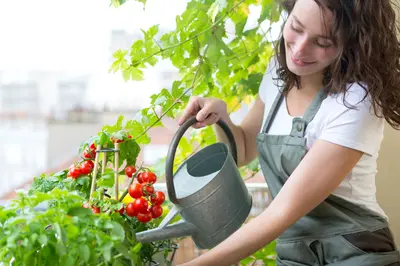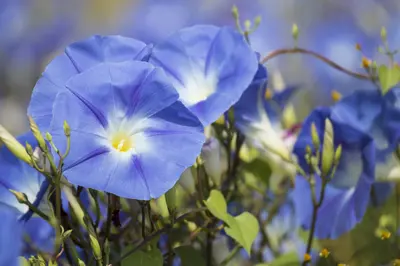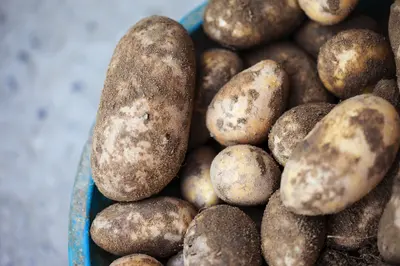
Making our gardens more bird-friendly doesn’t only make us feel good; it helps birds too. With many of our most well-loved garden birds becoming scarce as their habitat disappears, we need to do everything we can to help. Here's how to get more birds into your garden.
Planting a garden for birds
Birds need somewhere safe to nest, with food available nearby, so plant shrubs that produce seeds or berries, especially evergreen shrubs or those with thorns. Flowering plants will attract insects, perfect for birds to snack on, and seedheads provide a feast for small birds such as goldfinches.
Put a source of water somewhere in your garden, so that birds can drink and bathe. Place it near trees or shrubs to give birds an escape route in case of predators, keep it topped up with fresh, clean water and defrost it regularly in winter.
Top ten plants for a bird-friendly garden
With a few of these plants in your garden, birds will have their pick of places to nest plus plenty of food, summer and winter.
- Hawthorn
- Pyracantha
- Holly
- Ivy
- Honeysuckle
- Rowan
- Crab apple
- Dandelions
- Guelder rose (Viburnum opulus)
- Rosa rugosa
What to feed birds
Sunflower hearts are hugely popular with lots of small birds, especially blue tits and greenfinches. Nyjer seeds are also a good bet, loved by goldfinches, siskins and sparrows. These tiny black seeds are very high in oil, making them an excellent energy-rich feed.
Mealworms and crushed peanuts will attract robins, nuthatches, dunnocks and sometimes even wrens. Take care to buy peanuts that are suitable for feeding birds, as cheap peanuts can contain aflatoxin, a natural toxin that can actually kill birds, and don’t use salted or dry roasted peanuts, as these won’t do your garden birds any good either.
Suet balls are ideal as a winter feed, but always remove any netting before hanging them up, to avoid bird getting their feet tangled.
What not to feed birds
Don’t put out used cooking fat, especially if it’s mixed with meat juices, as it has high salt content, as well as being a breeding ground for bacteria. It also tends to smear on birds’ feathers, making them harder to preen and consequently less waterproof.
Dry dog or cat food is another no-no, as birds can choke on large chunks. The same goes for whole peanuts – always crush them or use a feeder designed for peanuts which allow birds to peck off small pieces.
If you’re looking for more help on how to get birds into your garden, come and visit our centre, where you’ll find bird feeders, seed mixes and everything else you need. Our friendly staff will be happy to advise on all your gardening queries.




